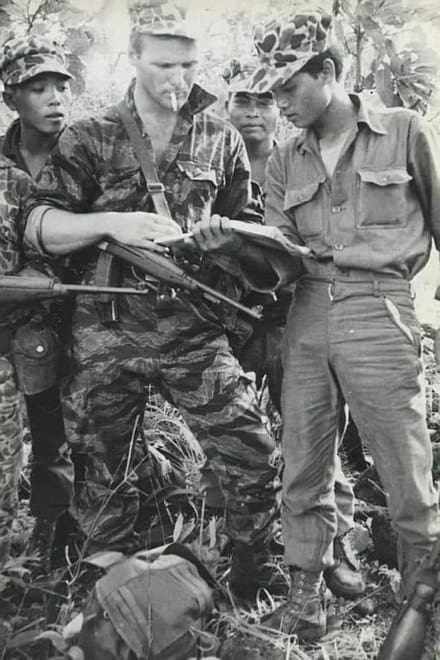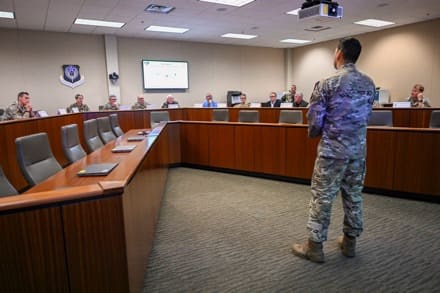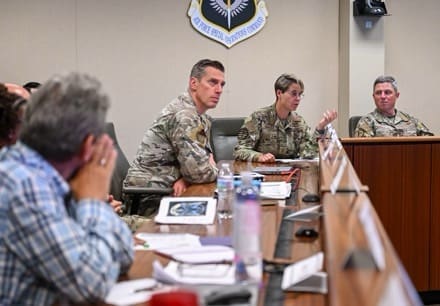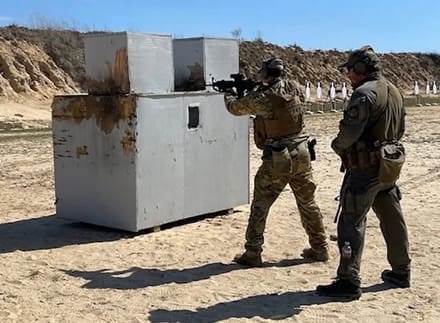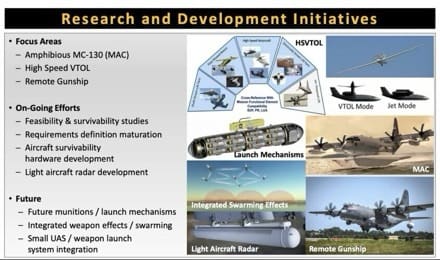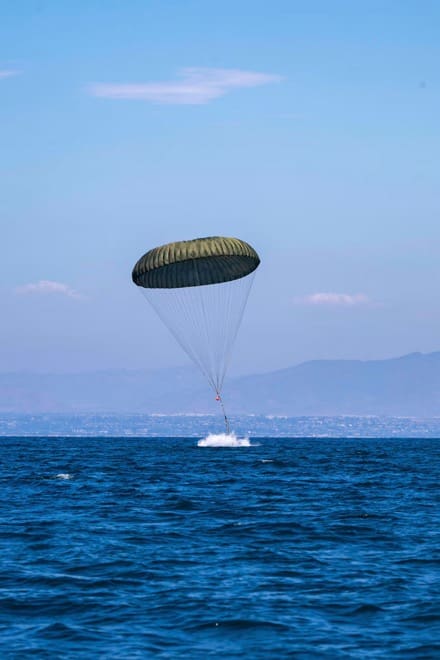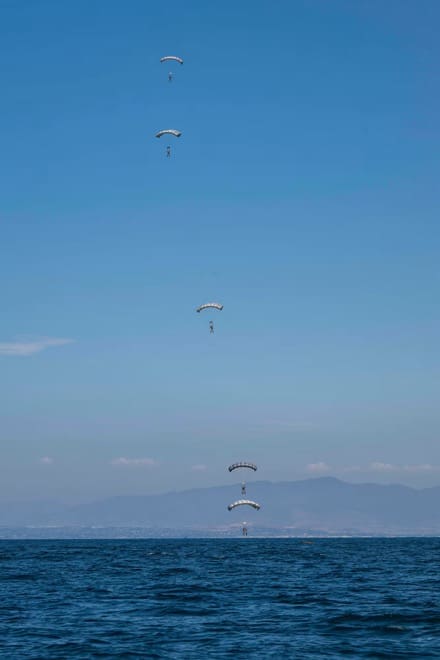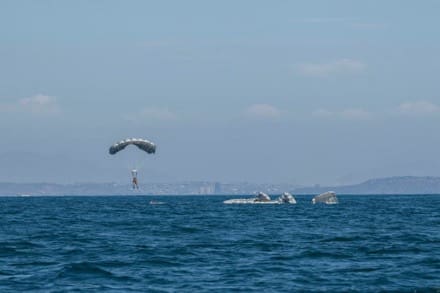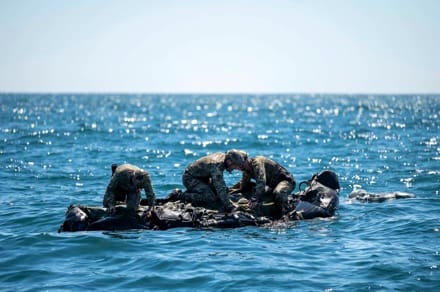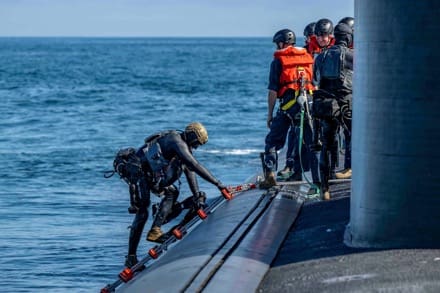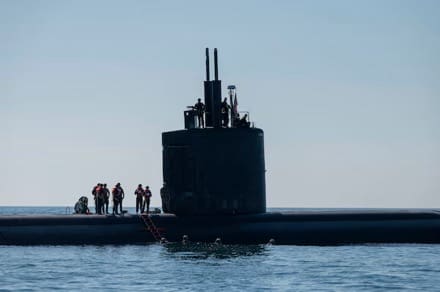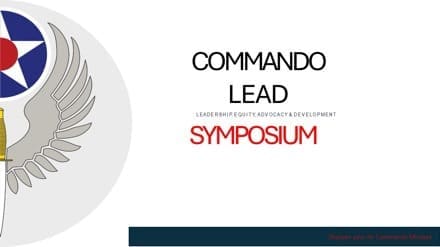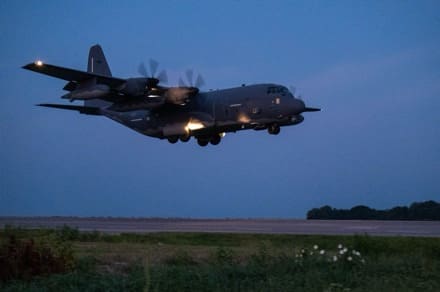
BONO, Ark. —
In a historic first, Air Force Special Operations Command successfully landed an AC-130J Ghostrider Gunship on Highway 63 in Bono, Arkansas, on August 4, 2024. This operation was part of a broader exercise, Emerald Warrior Field Training Exercise II, designed to showcase AFSOC’s Agile Combat Employment capabilities.
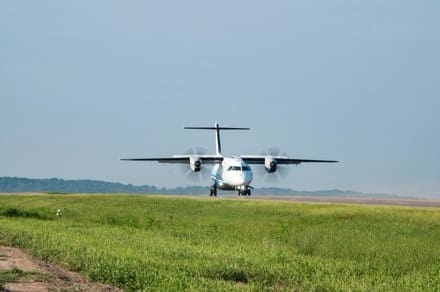
The exercise provided an opportunity for participating units to refine their skills and advance ongoing pathfinding and experimentation efforts within AFSOC.
“This exercise serves as a significant milestone for AFSOC, demonstrating our ability to operate in diverse and austere environments,” said Tech. Sgt. Robert Gallagher, lead planner for the highway landings, assigned to the AFSOC Air Commando Development Center. “By leveraging ACE concepts, we enhance our operational flexibility and resilience.”
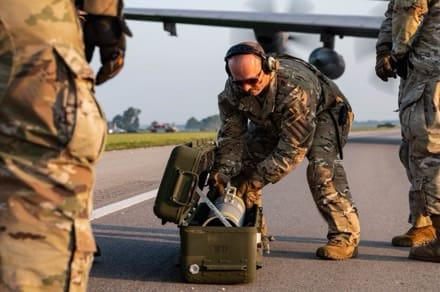
Throughout the morning, Special Tactics Airmen from the 1st Special Operations Wing established and secured a landing zone on the highway.
Shortly after, a C-146A Wolfhound and an MC-130J Commando II from the 492nd Special Operations Wing landed on the five-lane highway.
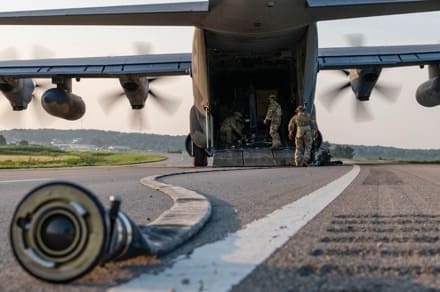
The MC-130J crew then set up a Forward Arming and Refueling Point (FARP), as the AC-130J assigned to the 1st Special Operations Wing at Hurlburt Field, Florida, made its approach, landed, refueled, rearmed and took off again.
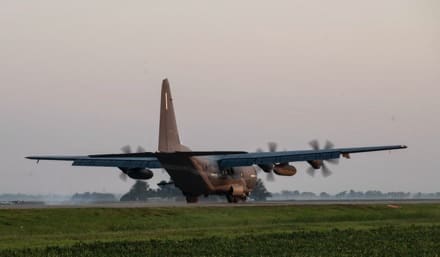
The primary objective of this exercise was to validate AFSOC’s capability to operate in austere environments with minimal infrastructure. Key tasks included securing the landing zone and performing FARP operations, both critical elements of the ACE framework.
“Emerald Warrior FTX II demonstrates to our adversaries that we can meet them anytime, any place, anywhere, without the need for traditional runways to project air power,” said Col. Patrick Dierig, 1 SOW commander. “By landing an AC-130J on a highway and conducting FARP, we’re proving our ability to operate in austere and unique environments. It shows our commitment to maintain operational flexibility and readiness, ensuring we can deliver decisive airpower whenever and wherever it’s needed.”
The successful execution of this exercise underscores AFSOC’s commitment to evolving its capabilities and adapting to emerging threats. By continuing to refine and operationalize ACE concepts, AFSOC ensures it remains at the forefront of innovative and agile combat operations.
By MSgt Ryan Conroy


